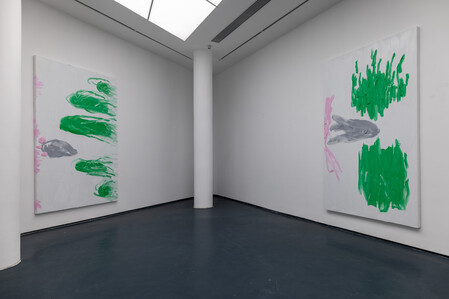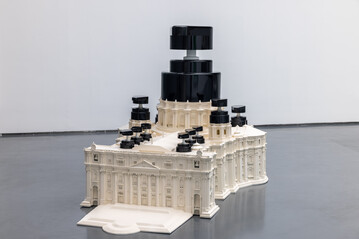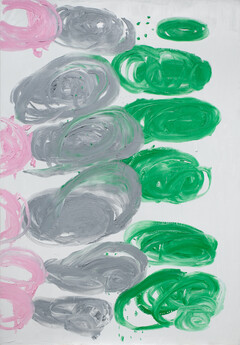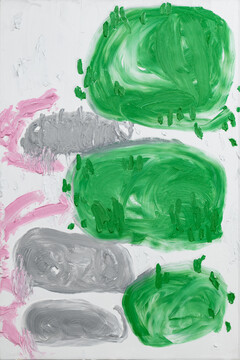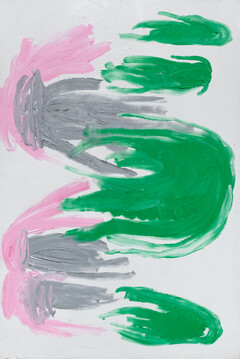Solo Exhibition OCAT Boxes Art Museum, Foshan
On December 21, OCT Boxes Art Museum will present Xu Zhen®’s solo exhibition "The Majesty of the Moment", which includes various works by Xu Zhen® such as paintings, sculptures, and installations. The exhibition is curated by Lu Mingjun.
The exhibition follows Xu Zhen®'s usual humor of lifting the heavy as light or light as heavy, distilling, juxtaposing and intermingling symbols and forms that have constantly emerged in the history of human culture. The exploration of the conflict, dialogue and symbiosis between different periods and fields of experience in the process of human civilization is an important theme in Xu Zhen®'s artistic creation in recent years.
"The majesty of a moment" is one of Rancière's assertions in his book “Aisthesis” about Alfred Stieglitz, the master of American modern photography, as well as his city and his subject, New York. Rancière's thesis began with a review of Stieglitz in 1921. To date, it has been exactly one hundred years.
According to Rancière, in Stieglitz's artistic approach, the conquests, experiences, and rhythms made by civilization are condensed. It also allows skyscrapers to tower over cities and the smoke from trains and ships to disperse into the clouds of the sky. Therefore, the American spirit advocated by Stieglitz and Schopenhauer's pity (commented by critics) is not unrelated... The subject matter is a metaphor for a world, a special moment that condenses the speediness and slowness of this world.
It is entirely by chance that this statement coincides with Xu Zhen®'s new exhibition a century later. Although Xu Zhen® uses a different medium and a different context than Stieglitz, and although they are from two sets of aesthetic systems, in Xu Zhen®'s new works we feel the same pure form, the same sense of an inexhaustible history, which is embedded in every crease in the brushwork and sculpture, and in every moment in time. The "Passion" series of paintings on the wall suggests weight, while the "Evolution" series of sculptures on the floor is a metaphor for time. Such naming and arrangement seem to deliberately reverse the order, but at the same time integrate the two organically. At this moment, the huge sculptures on the floor are more like expressing weight, while the "abstract" paintings on the wall seem to represent time. Light and heavy, kinetic and static, flighty and majesty, momentary and everlasting... These diametrically opposed natures switch back and forth here in a circular fashion. Being in the middle of it, it is undoubtedly a deep examination and measurement of the condition of each of our minds and the symptoms of the current era.
by Curator Lu Mingjun
More Pictures:



